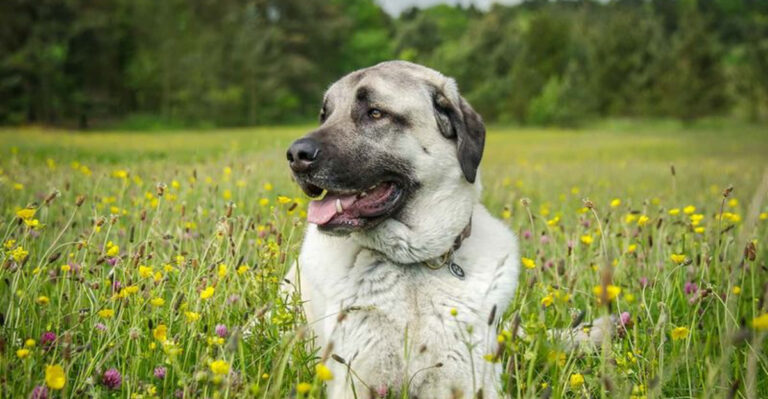12 Unique Traits That Make Dire Wolves Stand Out From Modern Canines
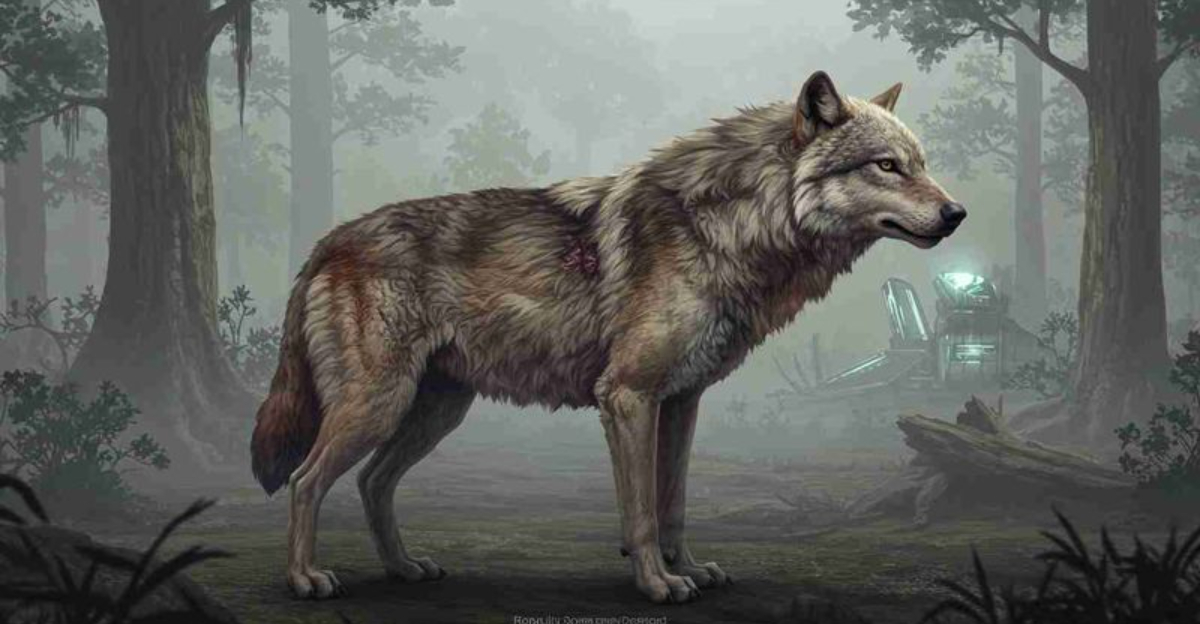
Dire wolves once roamed North America as apex predators, leaving a legacy that continues to fascinate scientists and pop culture fans alike.
These prehistoric canines weren’t simply bigger versions of today’s wolves—they possessed distinctive adaptations that helped them thrive in their Ice Age environment.
Though extinct for thousands of years, recent fossil discoveries have revealed fascinating differences between these ancient hunters and their modern relatives.
1. The Size Difference
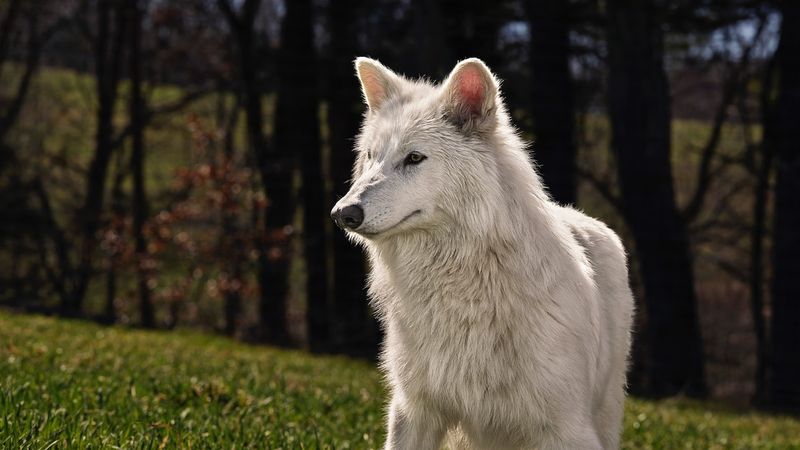
Dire wolves tipped the scales at 150 pounds—nearly double the size of today’s gray wolves! Their massive frames supported powerful muscles needed for taking down megafauna.
Standing shoulder-to-shoulder with a dire wolf would be intimidating, as they measured about five feet from nose to tail. This imposing stature made them the heavyweight champions of the prehistoric canine world.
2. Dire Wolves’ Powerful Jaws

Crushing bone like it was nothing, dire wolves possessed jaw strength estimated at 30% greater than modern wolves. Their skull anatomy reveals specialized muscles that generated bone-shattering force with each bite.
Fossil evidence shows teeth worn down from years of crunching through tough hides and bones. This exceptional bite force allowed them to tackle the largest Ice Age herbivores when hunting in packs.
3. The Dire Wolf’s Social Structure
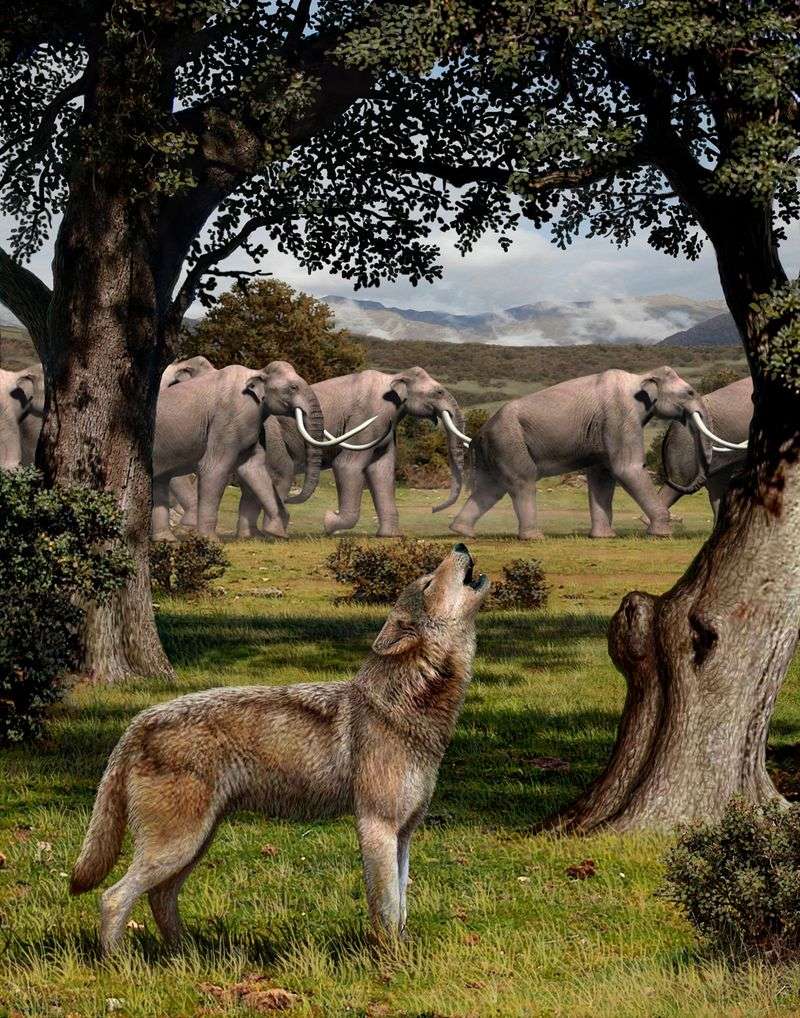
Hunting in coordinated packs of 30+ members, dire wolves operated with military precision. Fossil groupings suggest they maintained complex social hierarchies similar to but more regimented than modern wolves.
Their hunting strategy likely involved overwhelming prey through sheer numbers and strength rather than the endurance-based pursuits of today’s wolves. Pack loyalty was essential for survival in the challenging Pleistocene landscape.
4. Diet And Hunting Range
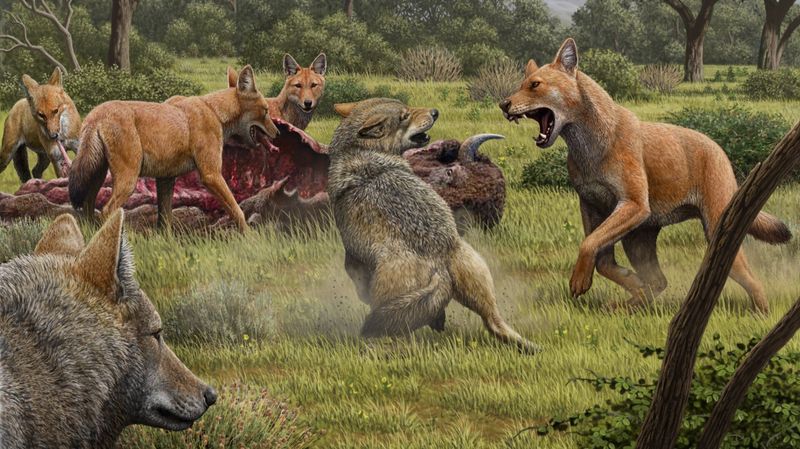
Bone analysis reveals dire wolves primarily feasted on bison, horses, and even juvenile mammoths! Their specialized diet focused on large herbivores that modern wolves couldn’t tackle alone.
Roaming territories spanning hundreds of miles, these predators followed migrating herds across seasonal feeding grounds. Isotope studies of their remains show they adapted their hunting patterns to target whatever large prey was most abundant.
5. Dire Wolves Vs. Grey Wolves
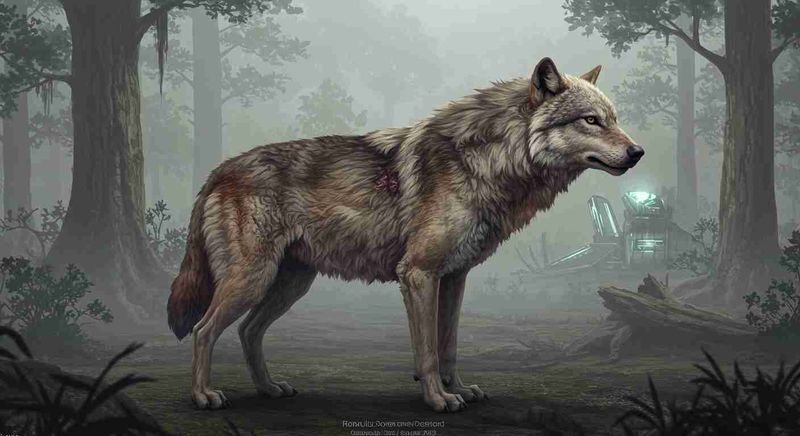
Unlike modern wolves who chase prey to exhaustion, dire wolves ambushed with overwhelming force. Their stockier build favored power over speed, allowing them to grapple with massive animals rather than outrun them.
Modern wolves employ strategic territory marking and howling to establish boundaries. Dire wolves likely relied more on physical dominance to maintain their hunting grounds, using their imposing presence to intimidate competitors.
6. Dire Wolves’ Teeth And Bone Structure
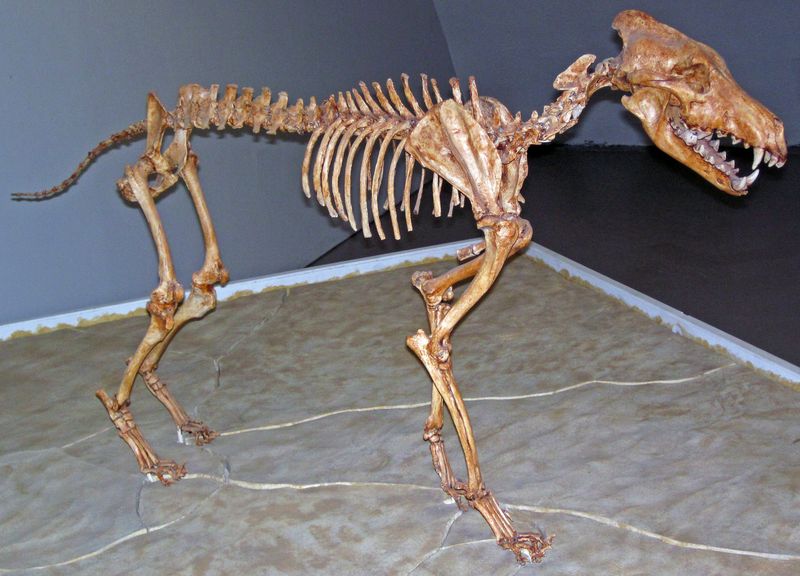
Sporting specialized carnassial teeth that worked like biological scissors, dire wolves could shear through the toughest sinew and hide. Their molars were significantly broader than modern wolves’, perfect for crushing large bones.
X-ray studies of fossil skulls reveal reinforced nasal passages and eye sockets, protecting vital sensory organs during violent struggles with prey. Every aspect of their dental architecture prioritized raw power over the versatility seen in today’s canines.
7. The Unique Connection To Early Humans
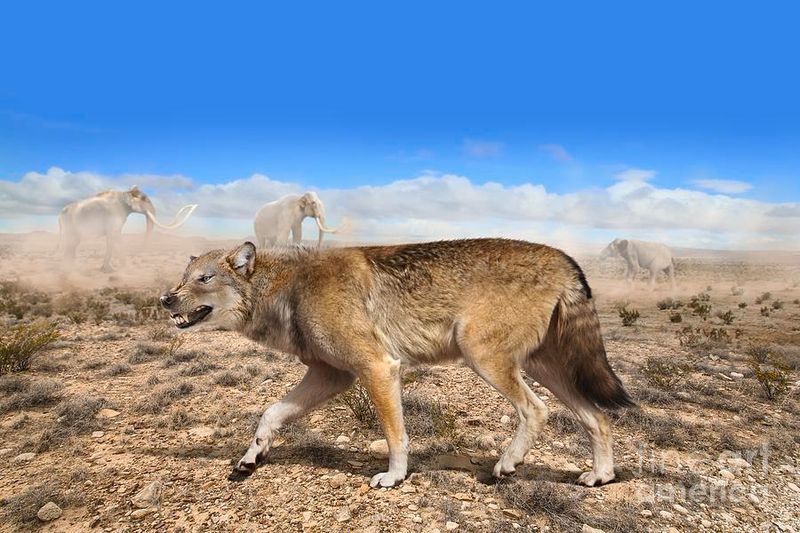
Cave paintings from 15,000 years ago depict massive wolf-like creatures hunted by our ancestors. Archaeologists have uncovered dire wolf remains near human settlements, suggesting complex predator-prey relationships.
Unlike grey wolves, dire wolves never became domesticated companions. Their specialized hunting adaptations and temperament made them unsuitable for the partnership that eventually led to dogs, creating an evolutionary dead end while their cousins evolved alongside humans.
8. Dire Wolves’ Adaptations To Cold Environments

Surviving harsh Ice Age winters required specialized cold-weather adaptations. Dire wolves developed denser fur and compact bodies that conserved heat more efficiently than their modern relatives. Bone analysis indicates they carried more fat reserves than today’s leaner wolves.
Their broader paws likely functioned like natural snowshoes, distributing weight when traversing deep snow while stalking prey across frozen Pleistocene landscapes.
9. The Extinction Of The Dire Wolf

Around 13,000 years ago, dire wolves vanished forever. The warming climate after the last ice age caused their large-prey food sources to dwindle rapidly, leaving specialized hunters without sustainable food sources.
Recent DNA studies reveal dire wolves couldn’t hybridize with other canids to adapt. Their genetic isolation, combined with competition from more adaptable grey wolves, created a perfect extinction storm when their specialized hunting niche disappeared.
10. Comparing Dire Wolves To Ancient Hyenas
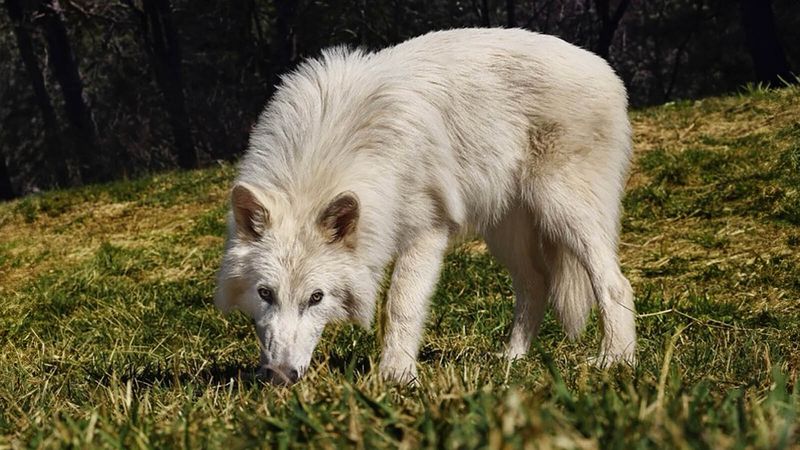
Both dire wolves and ancient hyenas evolved similar bone-crushing adaptations despite being unrelated. This evolutionary convergence produced powerful jaws and robust skulls in both species through completely separate evolutionary paths.
Fossil evidence suggests these apex predators likely competed fiercely for the same prey. Ancient hyenas possessed stronger individual bite force, while dire wolves countered with superior pack hunting tactics, creating a prehistoric predator arms race.
11. Dire Wolves And Their Role In Pleistocene Ecosystems
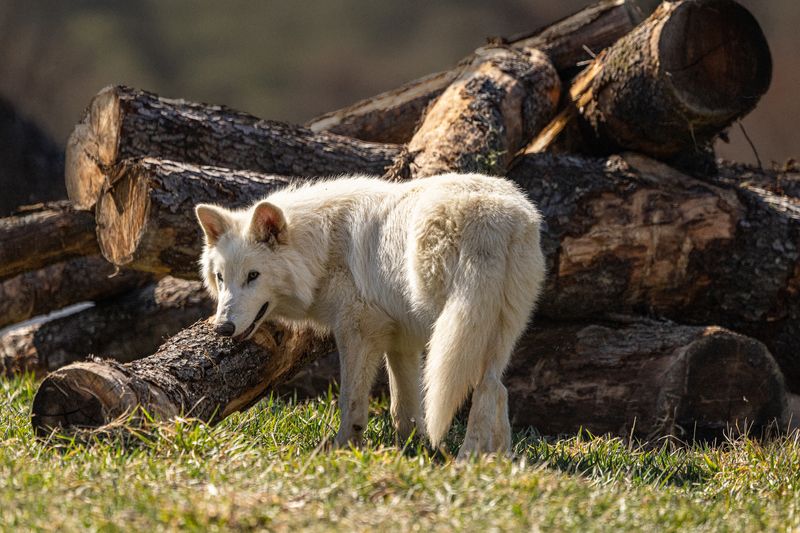
As apex predators, dire wolves shaped entire ecosystems by controlling herbivore populations. Their presence prevented overgrazing and maintained grassland health across North American plains. Fossil distribution shows they had one of the widest ranges of any Ice Age predator.
From Canada to Bolivia, these ecological engineers influenced animal migration patterns and plant distribution through their hunting activities, demonstrating how top predators stabilize complex ecological networks.
12. Why Dire Wolves Are Still Fascinating

From Game of Thrones’ direwolves to countless documentaries, these extinct hunters captivate our imagination. Their mysterious nature makes them perfect symbols of wild, untamable power in stories and art.
The La Brea Tar Pits alone have yielded over 4,000 dire wolf specimens! This remarkable fossil abundance provides unparalleled research opportunities while fueling public fascination with these magnificent beasts that once ruled North America alongside saber-toothed cats.


